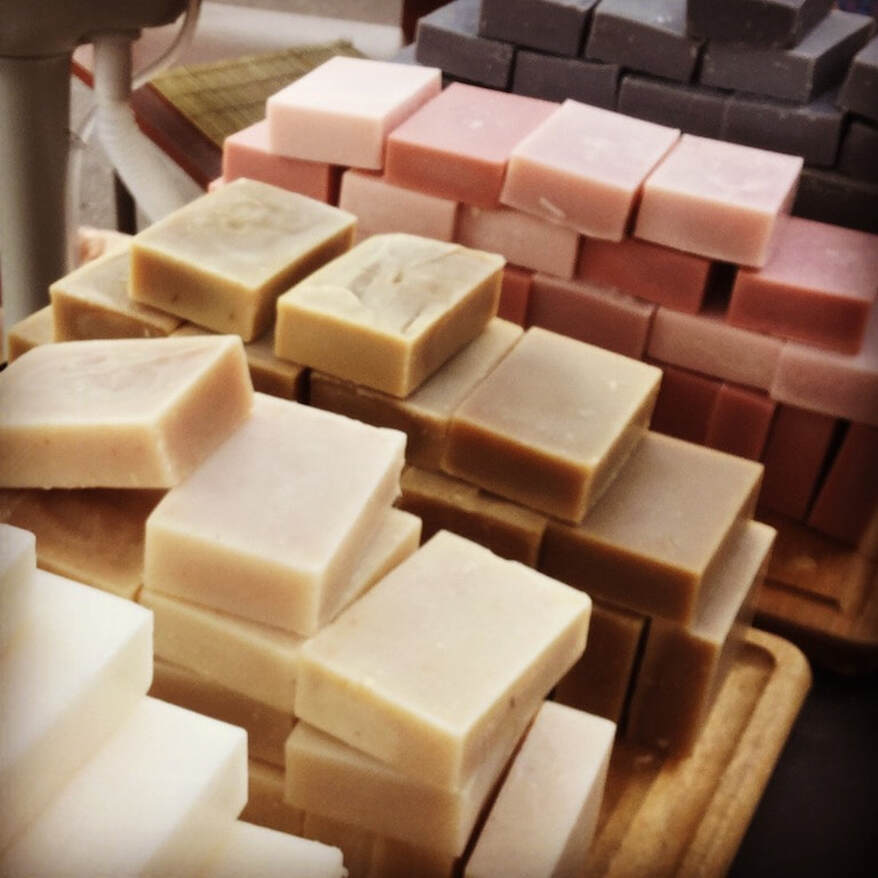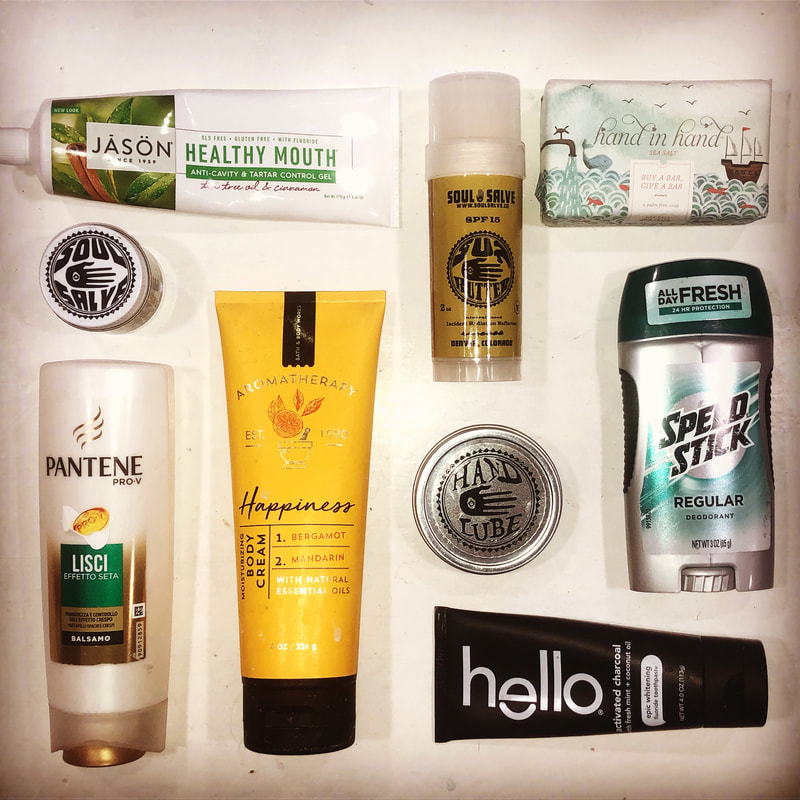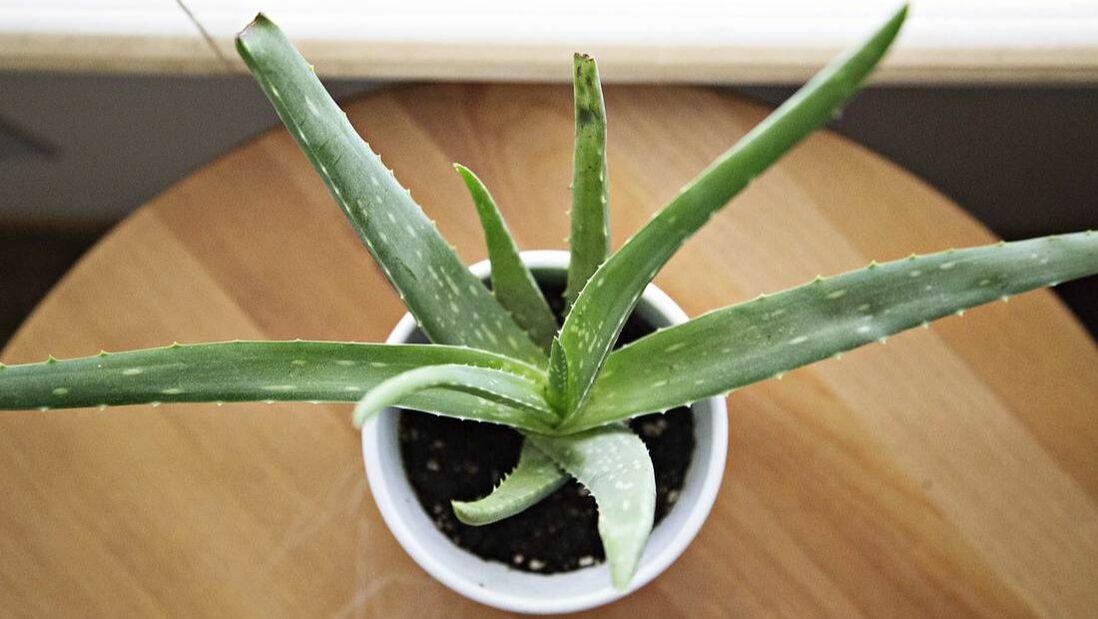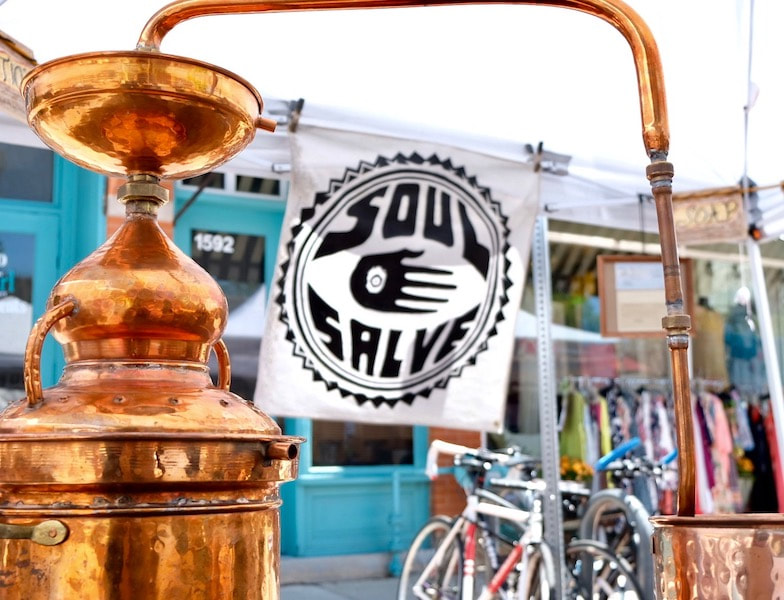|
As we all become more aware of our hand hygiene due to the Coronavirus Pandemic, we may also notice that our hands are becoming drier. With the increased water-soap contact (for most of us), and sometimes necessary excessive hand washing (first responder), many of us are experiencing really dry skin on our hands and cracked fingertips. Is it the chemicals in the soap? Possibly. But We have a more simple suggestion first before you tear through your soap labels. and drop some dough on new suds.
In 2013, the Food and Drug Administration presented soap manufacturers in the United States with a challenge: show us proof that antibacterial soap is more effective than regular soap and water, or prepare to remove your products from the market. For the soap manufacturer, this was a startling announcement. On the market at the time, a majority of liquid soap and about one-third of bar soap contained antibacterial ingredients. This meant antibacterial-soap manufacturers would have to pay for lab testing to prove that their soaps worked better if they wanted to keep their goods on the shelf. For the consumer, it was a win for public health and safety. Capitalism would have to front the bill on consumer education. But the problems for soap makers didn't end there: a few years later the FDA would go on to ban 24 antibacterial ingredients from the market, labeling all but one as potentially dangerous: triclosan (1).
When we shop for our bath and body products, it's all too easy to do so with our eyes, acting unconsciously on our impulses for the most popular brands that have come into our subconscious in recent time. And further to our benefit, these products may be on sale - which brings them to a price reality much closer to one familiar to our wallet. But how often do you read the label? Have you ever? Okay, okay, the front, sure. And the ingredients label on the back?
Have you thought twice about how often your skin is dry? It may not be as bad as you think. If you are like me, I take for granted the times when my skin is excellent - and only take notice when my skin hurting - like during the winter when I'm outside in the cold, dry air. Or after a long weekend playing gigs in the mountains and not drinking enough water.
This is an important question. From my studies in herbal medicine, I know that some plants and herbs should be ingested with caution. Some plants, such as arnica montana, are toxic to livestock, and can cause liver complications in humans if ingested at concentrated levels.
In the summertime, we take Soul Salve to festivals markets around the state of Colorado, including the Old South Pearl Street farmers market. As patrons stop by our booth and read our brochure, they often scan the ingredients of our products.
A Toxic Remedy - Important Information on Helenalin and the Side Effects of Arnica Montana5/26/2017 I was taught originally that Arnica, or A. montana, is not particularly safe to eat. After my researching the most recent medical studies on PubMed, I now have a different opinion.
Is Arnica toxic? The health benefits of A. montana are derived from sesquiterpene lactones, a class of chemical compounds commonly found in many plants throughout the world. Our research into the potential effects of Arnica montana introduced us to the chemical Helenalin. In the previous article, we compared information on nutrition and discussed the importance of filling our minds with true, or fact-based information, as opposed to fabricated stories containing false-facts and baseless claims. Today, I am going to discuss the many health benefits of coconut oil, while revealing an example of what a very misleading internet-based science "journal" looks like. Let's get started
We have entered the Information Age. And with the Information Age (Also known as the digital age, computer age, etc) we have the internet; a place where there is no filter (at least here in the United States of America) and people are capable of posting anything they desire to the world wide web.
|








